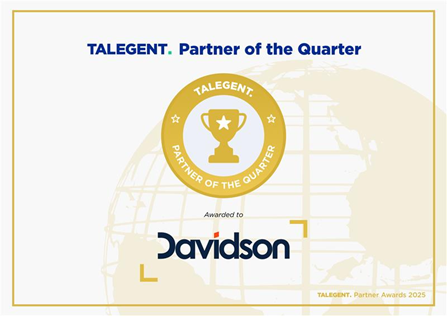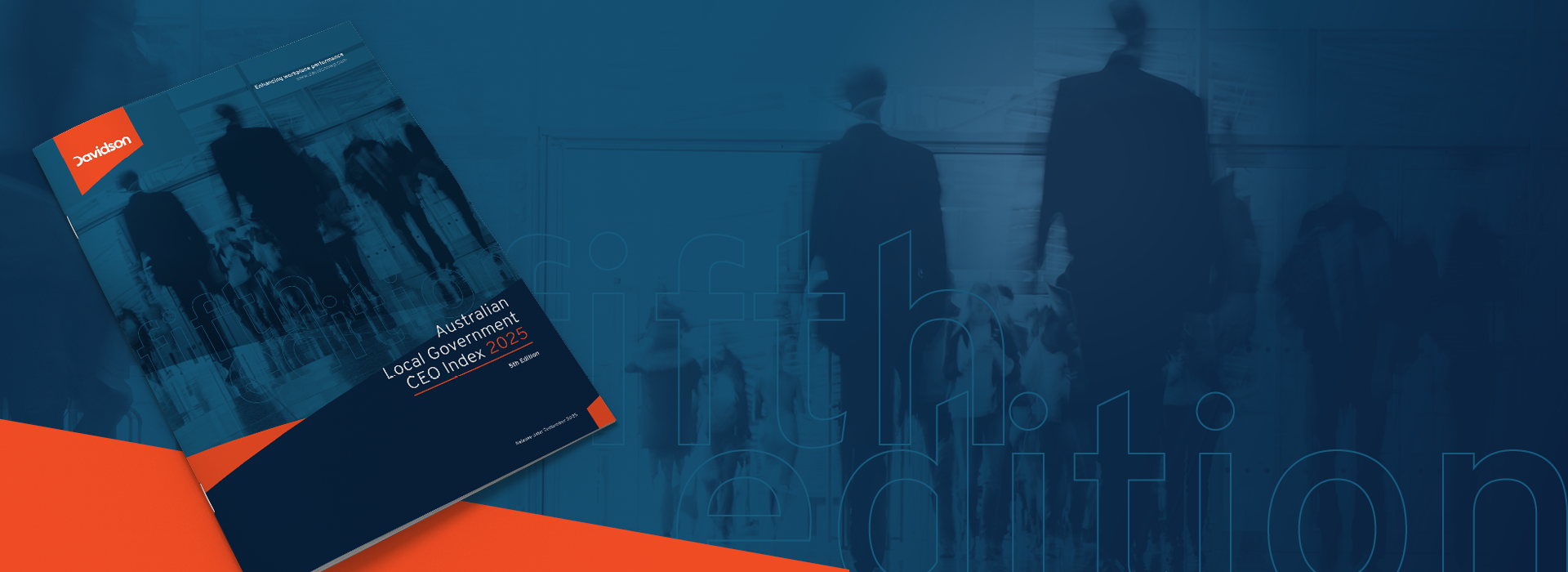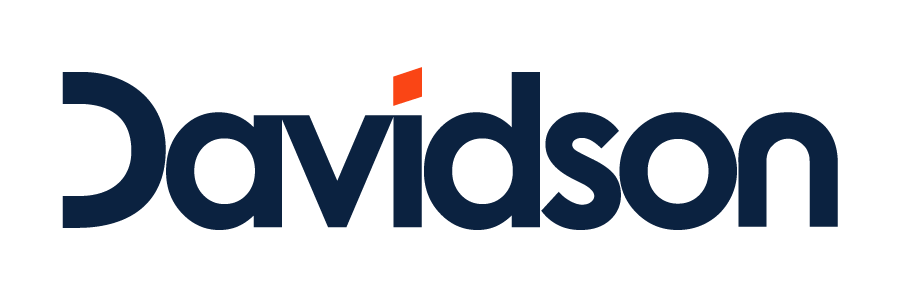Fixing a broken employee experience
The global marketplace is volatile, uncertain and the employment deal is changing. Companies are experiencing a relentless pace of change and the reactive nature of leadership is making culture difficult to shift. Fierce competition for talent and demographic shifts are highlighting the need for organisations to proactively manage their employee and customer experience to support growth.
We have known for over three decades that we need engaged employees to deliver great customer experiences, improved total shareholder return and improved operational efficiency. But the way we are addressing engagement and the employee experience is broken. Traditional HR teams are years behind when compared to their consumer marketing colleagues, the idea of measuring engagement once per year is flawed as it misses the intricacies of change and requirement for leaders to manage their business in real-time.
To understand these challenges we consulted with over 30 senior human resources practitioners to answer a simple, but powerful question: How can we use our employee experience to deliver a competitive advantage?
From these discussions a clear answer was present—success comes from proactively designing and managing the employee experience in a way that delivers results to our business. The following themes will support you in achieving this goal.
Treat your employees like customers
Leading organisations treat their employees like customers. Any organisation has the opportunity to create brand ambassadors and product advocates that will support you in growing your business. This means listening to your employee’s feedback in a similar way to a customer complaint and acting with similar urgency.
Your employee experience is unique and should be personalised
There is no such thing as a perfect company culture. Benchmarking is useful for comparison but it ignores the complexity of your organisation. Designing an employee experience needs to start with your business strategy and being crystal clear what behaviours, beliefs and people initiatives will support you in achieving your ambitions.
Frequency of feedback needs to be practical, actionable
The trend towards continuous listening makes logical sense. However, without a clear plan for how your organisation will turn this into continuous action will result in employee fatigue, disengagement and silence. Measurement by itself is not an intervention. The value is in providing your leaders with access to real-time data to support them in having a conversation about how to improve their employee experience.
Make human data commercial to lead your business
Gone are the days where we can rely on references to out-dated research as a means of justifying investment in the employee experience. We need to utilise advancements in technology, organisational psychology and data science to understand what aspects of the employee experience predict real business outcomes. Once you know the factors unique to your organisation you can be clear on what to measure in the future and how you can partner with your leaders to deliver a competitive advantage.
Share this content





